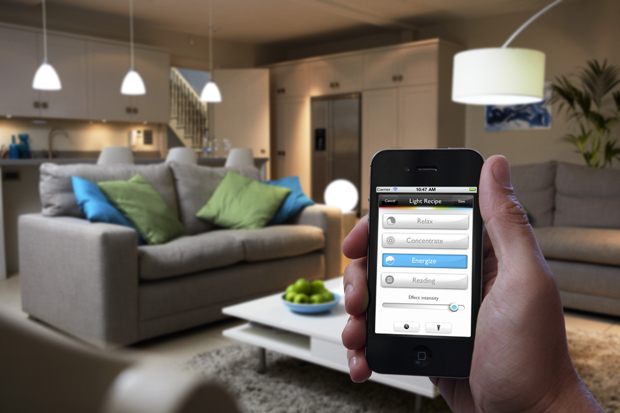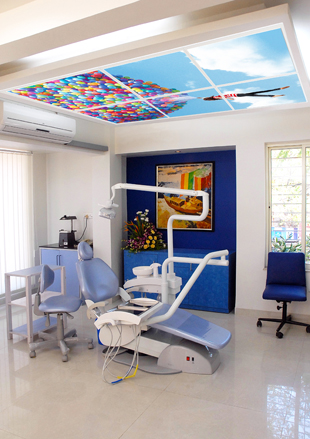Last week's article, 'Lights, they are a changin', looked at how lighting has changed over the years and how it is in a phase of change once again with LED lights becoming more popular.
This second part of BPN's lighting feature concentrates on changes to lighting design and exploring recent innovations.
Lighting no longer focus of room
With the changing popularity of lights, lighting design has changed alongside it. The light is no longer the focus of the room, but instead adds emphasis to objects and areas, while maintaining energy efficiency.
How lights are used in a room have changed – we all remember having a single 75W bulb in the middle of the room and maybe a lamp, but nowadays people want more lighting.
Knox says this evolved with the reduction in ceiling height resulting in multiple down-lights, in the form of halogen bulbs, in a room became common. However what he describes as the “devil lamp”, because of its energy inefficiencies, had many more short-comings, such as producing large amounts of heat and introducing a break in insulation.
But this is set to change all over again with LEDs, which are so slimline they can be applied room-side and not break insulation, Knox says.
Lighting design has moved away from that single light in the middle of a room to be integrated within joinery and ceiling coves, Point of View design consultancy design director Mark Elliott says.
“The light fitting is no longer the feature, people want the light quality.”
The aim of integrating lights is to retain the purity of the architectural environments, Elliott says, where light fittings are now components, not features.
The LED is becoming the most popular light to be used in residential and hospitality, gradually replacing other traditional lighting technologies.
However, with this increased use in LEDs, control of the lights has become more complex – more control is needed to dim an LED than a halogen, Elliott says, meaning lighting control has become more complicated in its design.
But lighting control has kept pace with these changes. People are now able to control everything from anywhere and the equipment has become smarter to work with that.
One example Elliot provides is remote control fittings. This is of particular use for lights that are placed in high, open areas. If there is a need to refocus a light on a new artwork for example, an LED which is remote controlled can be adjusted from the floor.
 Additionally, smart phones and tablets have driven new lighting control technology. With a phone app, people can turn their lights on at home before they even arrive, or use it for security purposes when away on holiday.
Additionally, smart phones and tablets have driven new lighting control technology. With a phone app, people can turn their lights on at home before they even arrive, or use it for security purposes when away on holiday.
The new Philips Hue LEDs are able to be controlled by a simple phone app – even more so than simply on and off. The LED bulbs screw into existing light fittings and a bridge, which is used to control the lights, plugs into the home Wi-Fi router. By downloading the phone or tablet app, home lighting can be remotely controlled to secure the home, personalise the home lighting experience and even programme timers to manage daily schedules. Other features include choosing shades of white light or using the light colour of a photo as a colour palette to illuminate the room.
Innovation
Being able to adjust the colour temperature of light is another way lighting design and technology has changed. Changing the temperature of light can provide benefits to people’s wellbeing with different environments.
Active Colour Temperature (ACT) technology has been developed by Brightgreen which can adjust the colour temperature of light for specific needs.
 Brightgreen CEO and senior product designer David O’Driscoll says, “It’s a powerful way to create a deeper emotional connection with people and positively influence their lives.”
Brightgreen CEO and senior product designer David O’Driscoll says, “It’s a powerful way to create a deeper emotional connection with people and positively influence their lives.”
Chameleon from Brightgreen enables people to adjust the colour temperature of their lights themselves. Cool white light can enhance concentration in education and work environments, and warm white light aids in sleep and relaxation. Chameleon technology is available in Brightgreen’s flagship LED lights: the D900 Curve and the D900 Cube.
Another consideration to lighting which is often overlooked, O’Driscoll says, is the Colour Rendering Index (CRI), which is how well lighting illuminates colours in an interior. A high CRI means spaces and the people in them are brought to life, becoming brighter, more natural and more vibrant, which again, improves wellbeing.
Brightgreen is currently working with some of the world’s largest property developers across commercial and residential sectors about adopting ACT technology in hotels, retail, education and residential settings.
“They’re seeing its enormous potential for everything from providing optimum comfort for hotel guests to increasing sales in retail.”
Eagle Lighting Australia sales and marketing director Robert Kilkenny says LEDs have really only become viable in the commercial sector since October/November last year, but are already lending themselves to improving people’s wellbeing, particularly in the health sector.

Because of the long life of LEDs, clean environments such as pharmacies and hospitals won’t need to close off areas in order to replace lights as often, saving money and keeping them a clean environment.
As LEDs have less UV than normal lights, Eagle Lighting has been able to print images on its Aurora Luminaire, because the image won’t fade as was the case with previous types of lighting.
The luminaires, which also include glare reduction, are designed to relax and reassure those undergoing medical treatment. When visiting the dentist, people can look up to a reassuring image or Doctors can use it as a distraction for the patient.
“People who are relaxed better, get better quicker,” Kilkenny says.
Eagle Lighting is currently in the design phase of many big commercial projects which will see fluorescent fixtures replaced with LEDs.
With LEDs able to offer a variety of colour temperatures, not only can they aid in the wellbeing of people, they can be used to create striking lighting effects in exterior spaces. This is shown at the beach promenade in the French city of Mers les Bains where an oval motif of a wave pattern is displayed on the ground, providing a seamless transition to the beach area.

